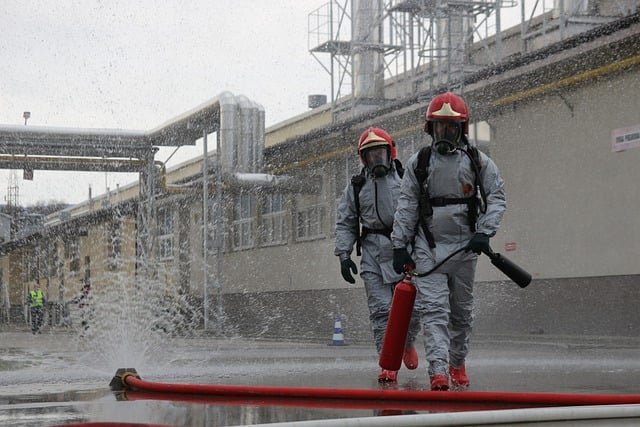Community Strategies for Coordinated Recovery After Flood Events
Coordinated community recovery after flood events depends on clear roles, practical mitigation steps, and timely collaboration between residents, local services, and insurers. This article outlines organized approaches to response, drying, cleanup, and longer-term resilience to help communities recover more efficiently and safely.

Communities facing flooding recover more effectively when residents, local services, and municipal agencies share responsibilities and information. Early coordination reduces water exposure, limits structural damage, and speeds cleanup. Clear communication channels, pre-established response plans, and neighborhood-level teams can guide safe salvage, prioritize vulnerable households, and connect people to resources. This opening overview frames the community-scale activities needed for efficient mitigation, moisture control, and coordinated salvage efforts during the critical first days and weeks after flood events.
Coordinated response and water mitigation
A prompt, organized response reduces ongoing water intrusion and secondary harm. Community response plans should define roles for volunteers, local services, and emergency responders so mitigation steps — shutting off utilities, moving possessions, and establishing temporary barriers — happen quickly and safely. Public information systems can share updates about evacuation routes, safe water sources, and collection points for wet items. Local teams trained in basic mitigation techniques help limit prolonged moisture exposure and prepare properties for professional drying and dehumidification specialists to follow up.
Structural assessment and moisture mapping
Early structural assessment identifies load-bearing issues, hidden moisture pockets, and potential collapse risks. Local engineering liaisons or building inspectors can coordinate neighborhood surveys to prioritize homes needing urgent stabilization. Moisture mapping using simple meters or thermal imaging helps direct drying resources where moisture concentrates—walls, subfloors, and cavities—so dehumidification and air movement target the right areas. Accurate structural information guides safe reentry, salvage decisions, and longer-term repairs while protecting occupants and responders from unsafe conditions.
Drying, dehumidification, and cleanup processes
Effective drying combines controlled drying strategies, dehumidification, and progressive cleanup to limit mold and material degradation. Community plans should outline access to drying equipment, staging areas for wet contents, and partnerships with local services that can supply fans and dehumidifiers. Prioritizing airflow and humidity reduction prevents persistent moisture in building materials. Organized cleanup crews or volunteer shifts can handle debris removal, while trained teams manage salvage of personal items. Clear procedures for separating contaminated materials help reduce cross-contamination during the cleanup phase.
Salvage decisions and mold prevention
Salvage decisions balance the value of items against health risks from contamination and mold. Communities benefit from shared guidance on what can reasonably be cleaned and salvaged versus what should be discarded: porous items exposed to floodwater often retain moisture and contaminants and can foster mold, while many non-porous items may be cleaned and disinfected. Rapid drying and targeted disinfection reduce mold growth risk, but ongoing monitoring for moisture and early signs of mold is essential. Education campaigns can help residents recognize mold, understand safe handling, and seek professional remediation when necessary.
Disinfection protocols and health considerations
Disinfection after flooding must follow safe, evidence-based practices to address biological contaminants while protecting people and pets. Community guidance should describe suitable disinfectants, safe mixing and application, and protective equipment for volunteers. This article is for informational purposes only and should not be considered medical advice. Please consult a qualified healthcare professional for personalized guidance and treatment. Public health teams can coordinate targeted disinfection for communal spaces, while clinics and social services address health needs related to exposure or damp-related illnesses.
Insurance coordination and community recovery planning
Coordinated recovery requires smooth interaction between residents, community organizations, and insurance representatives. Clear information about documenting damage, preserving proof of ownership, and filing timely claims helps households receive support more quickly. Community centers can host information sessions or clinics to assist with paperwork and provide templates for inventory and damage logs. Long-term planning should integrate structural repairs, updated mitigation standards, and neighborhood resilience projects that reduce future flood impact, aligning municipal, insurer, and resident priorities to improve overall recovery outcomes.
Communities that prepare coordinated strategies for response, mitigation, drying, and cleanup reduce long-term damage and speed a safe return to normalcy. Emphasizing early moisture control, structured salvage practices, and clear insurance coordination helps protect health, preserve recoverable property, and guide equitable resource allocation. Ongoing education, local partnerships, and updated emergency plans strengthen resilience so communities are better positioned to manage future flood events with informed, cooperative action.





